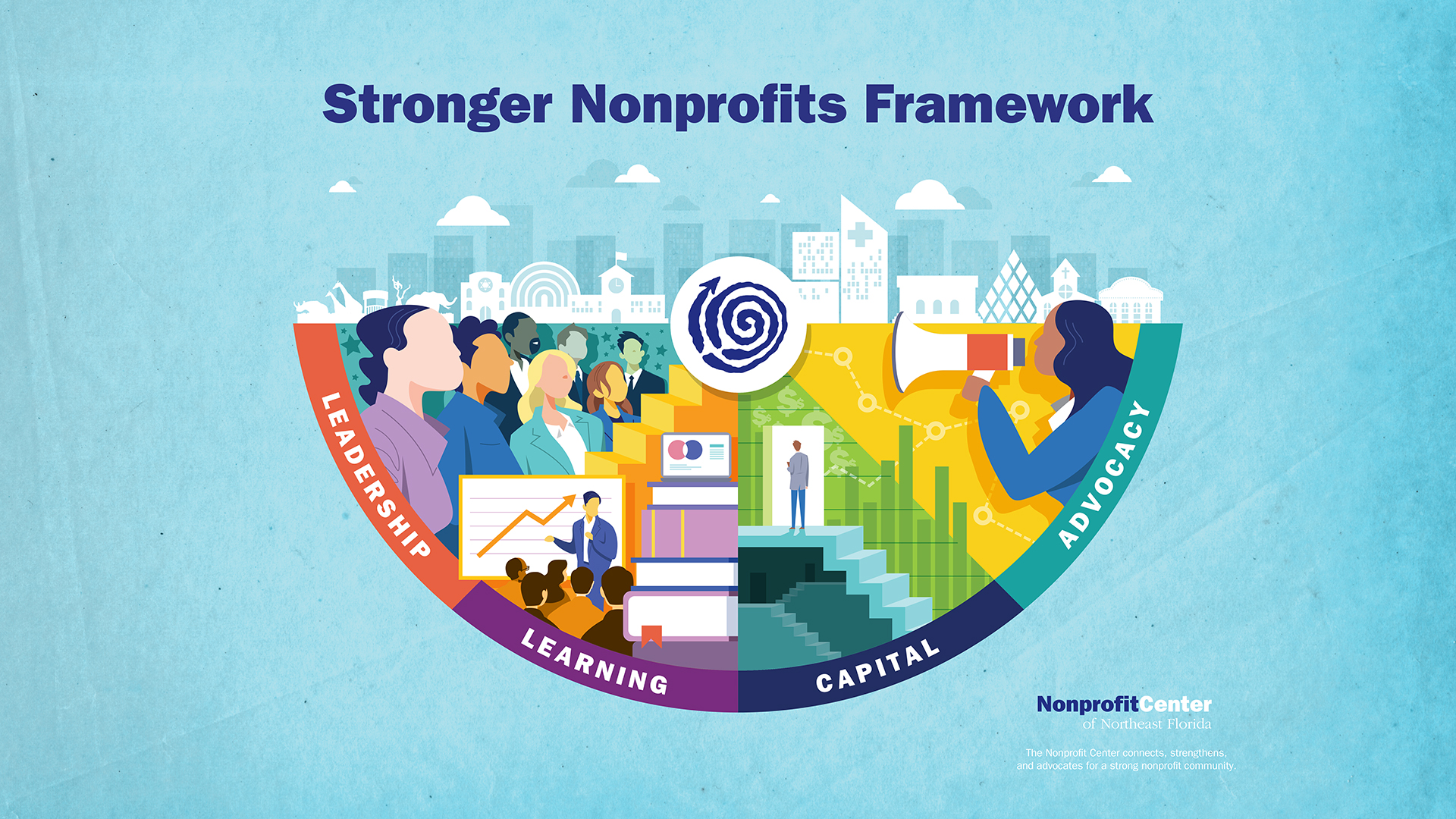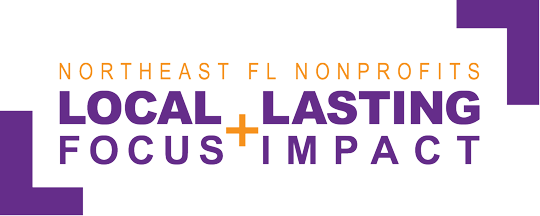The Nonprofit Center Stronger Nonprofits Framework
The Nonprofit Center's Stronger Nonprofits Framework provides the support and resources that organizations need to be effective, sustainable, and adaptable. The Nonprofit Center uses the Stronger Nonprofits Framework to organize, prioritize, and measure our own work. The Framework helps us identify which areas of support each organization most needs, and helps your organization match our available resources to your needs.
Success in each of these areas may look different at different organizations, but the principles were developed through analysis of the body of research around capacity building. The Nonprofit Center believes that these four elements can light the way as nonprofits seeks to better understand and strengthen their capacity to meet their mission.
We believe that the four cornerstones of a strong, effective organization are:
- High-performing leadership teams
- A commitment to organizational learning and measurement
- Access to capital
- External awareness and advocacy

About the Framework Elements
What do we mean by these different elements of the Stronger Nonprofits Framework? Below, find how we generally define them. These were first established in 2019 as part of our strategic plan, and we hope to re-evaluate them every four years for relevancy and usefulness.
Leadership
In a high-performing leadership team, board and staff members are engaged and committed to the mission and a culture of continuous improvement. They are aware of external and internal influences, have a plan for the future, and support one another and the organization in a collaborative manner. There exists a:
- Strong leadership pipeline through effective succession, transition, and hiring practices for board and executive staff
- High degree of board expertise and engagement
Good alignment between volunteer and executive leadership - Priority for building strong management and talent development strategy and practices
Learning
A nonprofit with strong organizational learning and measurement has a culture that is open to, engages in, and promotes continuous learning for the purpose of improving performance and impact. This includes:
- An evidence-based mission strategy and a plan to execute it
- Measures of performance, outcomes, and impact
- Culture of continuous improvement, and the curiosity, capacity, and courage to measure the work and apply the knowledge gained to decision-making
Capital
An organization’s ability to attract resources of all kinds is critical. This capital consists of: talent/human capital; social capital (relationships that add to the organization’s strength); financial capital; political capital; and other types of capital. Access to and management of capital is evidenced through:
- Financial resiliency as measured by unrestricted cash reserves, and revenue and expense trends
- Clear financial strategy and understanding of the organization's business model
- Strong revenue development practices
- Financial goals that are directly linked to mission and strategic goals, avoiding mission creep
Advocacy
Effective organizations are continuously scanning external forces as well as the ecosystem in which it operates for risks and opportunities. They have the expectation that staff and board will educate and advocate with media, influencers, and policymakers to amplify and advance the mission. Some of the ways this is manifested in the organization include:
- A strategy for community engagement and feedback looping
- Effective communications with a powerful, mission-inspired narrative
- Understanding of and involvement in influencing policy
Interconnectedness – finding value and power in partnerships, collaborations and coalitions
Do you have questions, feedback, or ideas for the Stronger Nonprofits Framework? If so, please email Issis Alvarez at ialvarez@nonprofitctr.org.


